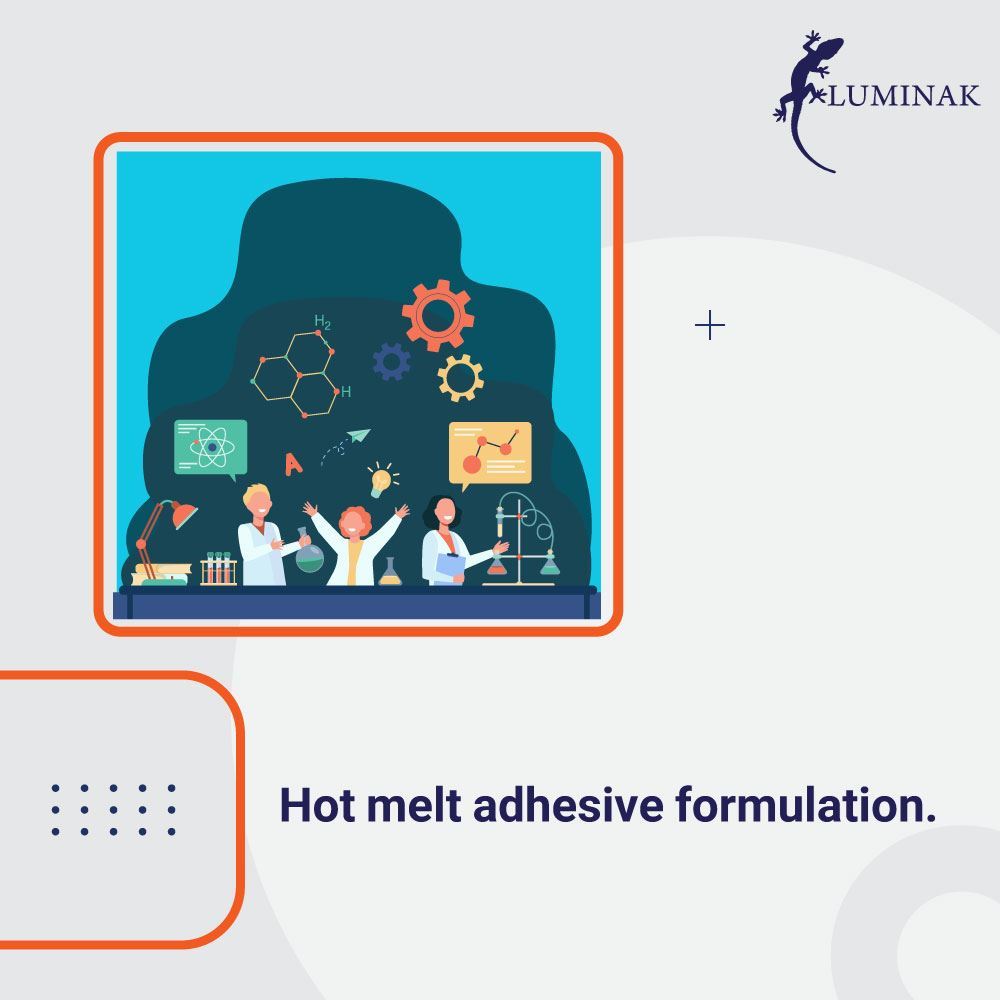Exploring the World of Hot Melt Adhesives: Properties, Applications, and Custom Formulations
Hot melt adhesives (HMAs) are a remarkable category of adhesives based on thermoplastic polymers. Their unique properties allow them to melt at high temperatures and solidify at ambient temperatures, making them highly versatile in industrial and commercial applications. Unlike traditional glue, HMAs exhibit exceptional bonding capabilities across a wide range of materials.
Application and Form Factors:
HMAs are commonly available as cylindrical hot melt glue sticks, applied using glue guns, spraying, or dipping methods. Industrial glue guns, equipped with internal heating elements, melt the solid adhesive for easy application. The melted glue is dispensed through a heated nozzle, driven either by direct finger pressure or a mechanical trigger mechanism.
Common Uses:
Hot melt adhesives find extensive use across various industries:
- Electronics:Wire tacking and encapsulation
- Automobiles: Seating assembly and interior trimming
- Packaging: Pallet stabilization, wrapping, box and carton sealing, and case closings
- Appliances: Gasket installation and trim
- Furniture: Panel and cabinet assembly
Advantages Over Solvent-Based Adhesives:
HMAs outperform solvent-based adhesives in several aspects. They require no curing, eliminate or reduce VOCs, have minimal disposal regulations, and boast a superior shelf life. During the solidifying period, there is no loss of layer thickness.
 فارسی
فارسی
 Arabic
Arabic
 Russian
Russian
 Chinese
Chinese
 Hindi
Hindi
 Turkish
Turkish
 فارسی
فارسی
 English
English
 بسپارگستر
بسپارگستر

نظر خود را بنویسید